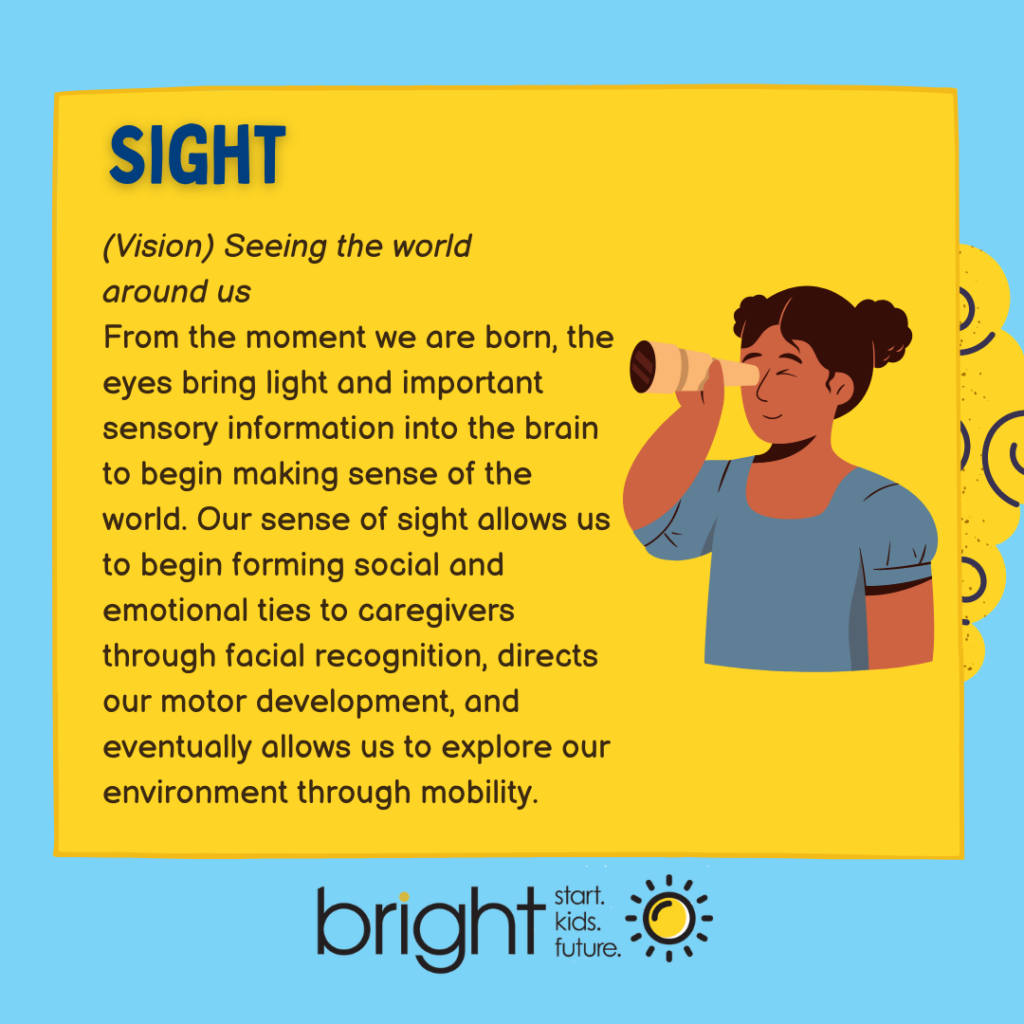Last modified: May 14, 2025
The 5 Basic Human Senses
About PA Promise for Children
Pennsylvania’s Promise for Children, known as PA Promise, is a campaign to help families make good choices about their child’s early learning and choose quality early learning programs that are right for their family. The Pennsylvania Office of Early Learning and Development (OCDEL) is the primary partner in PA Promise.
Concerned About Your Child’s Development?
Call Pennsylvania’s CONNECT Helpline at 1-800-692-7288 for information about your child’s development and connecting to Early Intervention services in Pennsylvania.
Call Child Care Works Helpline at 1-877-4-PA-KIDS (1-877-472-5437) for information about finding, paying for and other concerns related to child care.
Follow Us
Contact Us
- Email
- Phone717-213-2077
- Address200 North Third Street, 3rd Floor
Harrisburg, PA 17101







